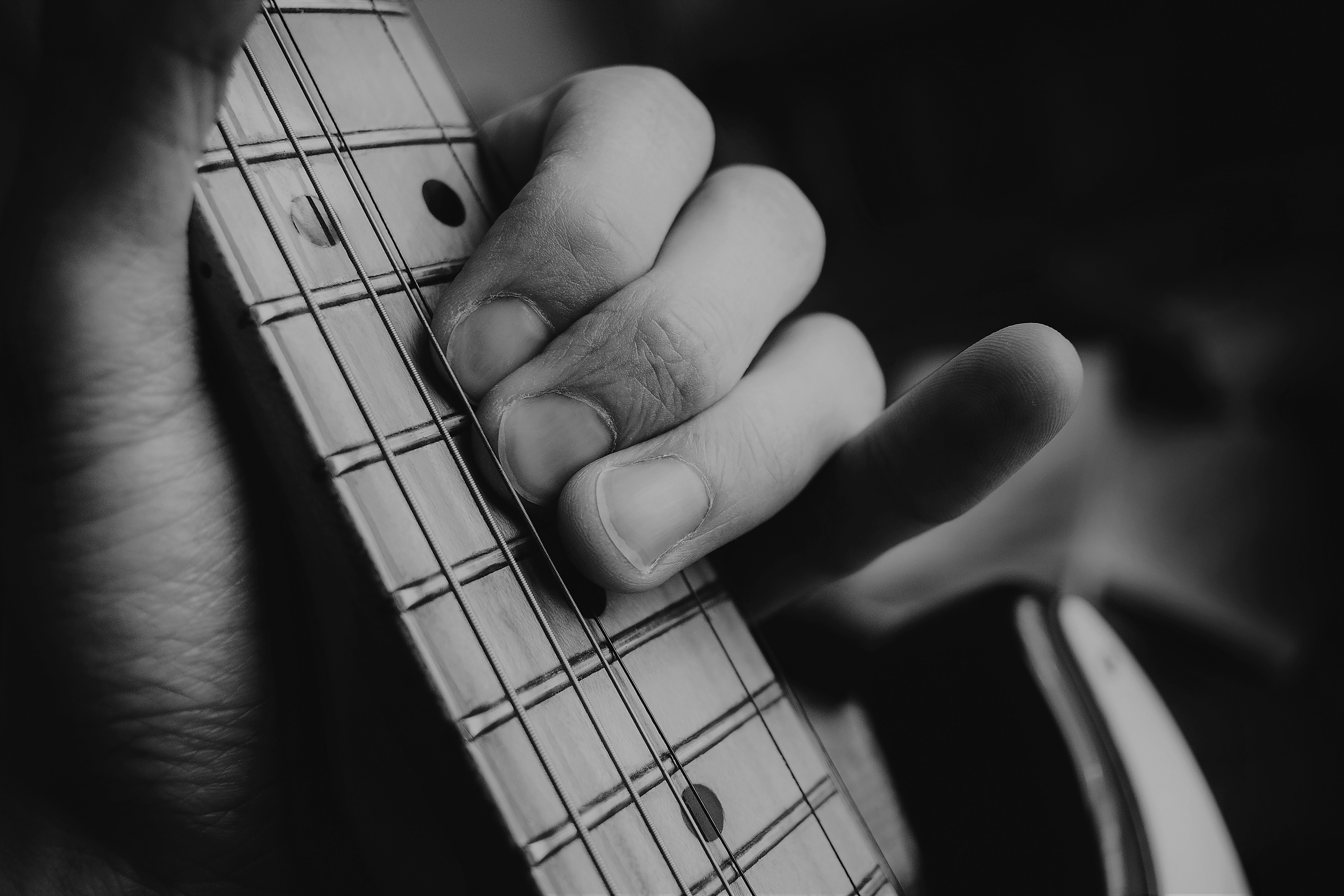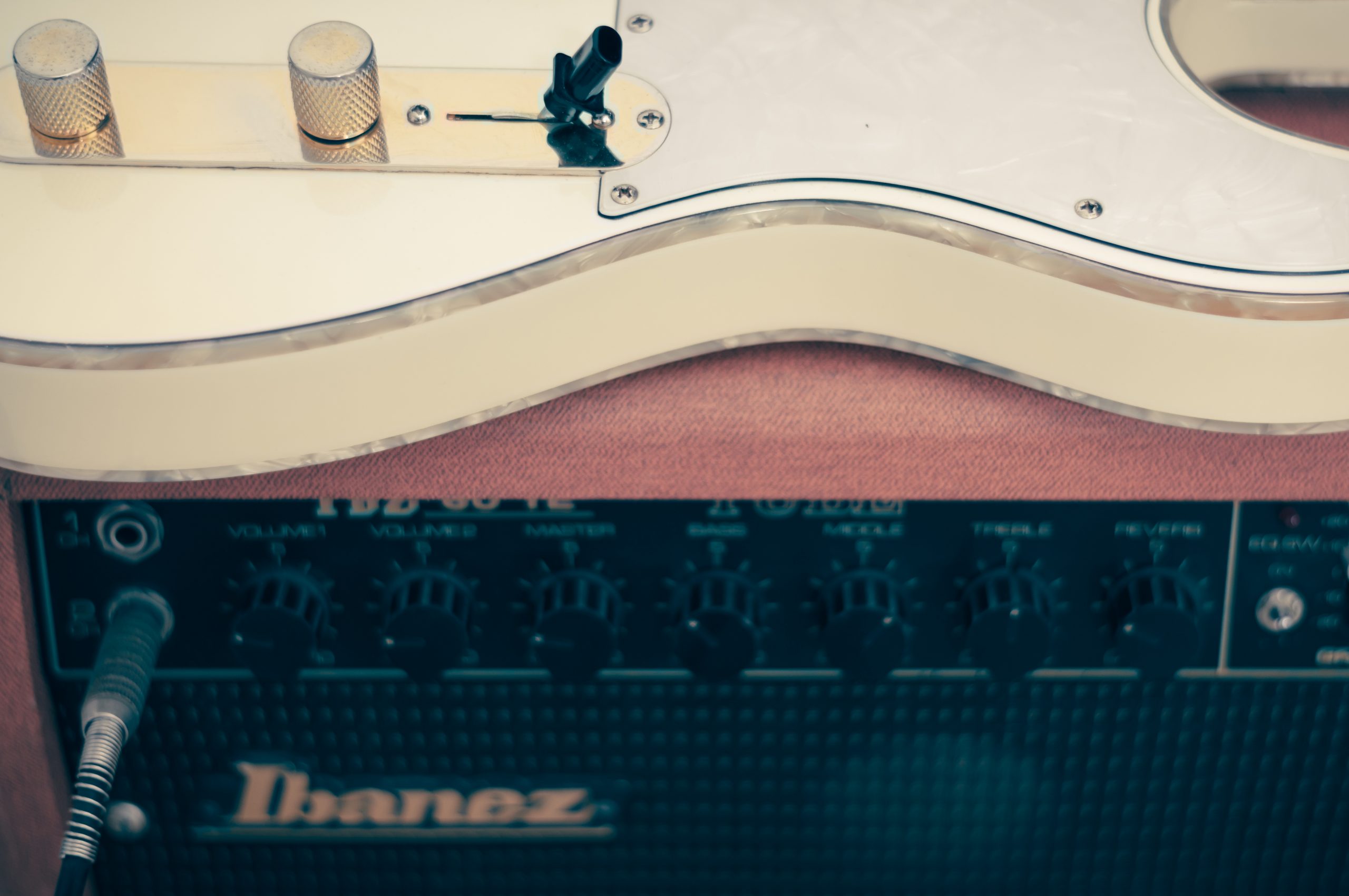If you look at the fretboard of a fairly well-worn guitar like the one in the picture, you’ll notice that the majority of the wear is under the top four strings. If you watch a lot of players when they’re improvising, you’ll also see that they use the top four strings almost exclusively. So, to make your scale practicing more efficient, and above all, more manageable, why not concentrate it exclusively on the top four strings? Crazy idea? Probably… but that’s what I’m here for…
Instant Benefits
When practicing scales, or anything on the guitar that involves a lot of notes, it’s often beneficial to heavily reduce your options in order to gain greater control, both melodically and technically. As far as scales are concerned, you’re only really dealing with 5 or perhaps 7 notes, and there are times when having multiple options for so few notes is more of a hindrance than a help. This is where working in a reduced area of the fretboard can really boost your creativity, ability to create melodies, and even your technical ability.

Here’s the A Dorian scale on the top four strings. The first effect of looking at it this way is the ‘psychological’ simplification—it just looks far more manageable. What you can then do is further simplify the pattern by homing in on sections of the fretboard as follows:



When using these reduced patterns, anchor your first and/or third fingers to the available root notes; this will help you create licks that resolve. The idea here of course is to practice things you might actually play instead of running the scale pattern; with the clutter of the bottom two strings out of the way, you can get more out of the scale pattern. This is probably more psychological than anything else, but it works!
Venturing Out of the Boxes
When you feel ready, venture outside of the boxes above. It’s harder to get lost in a smaller pattern, as long as you’re playing slow enough not to (mentally) lose your place. You should find it a lot easier to move horizontally and diagonally around the 4-string fretboard as reducing the options also reduces your chances of getting into trouble.
Get Funky
You can also take advantage of the top four strings to pick out some nice funky chords and double stops. Here are a few suggestions:

What scale can you use to improvise over these chords? A Dorian of course! The possibilities are endless, and you can do this with any scale you like the sound of.



